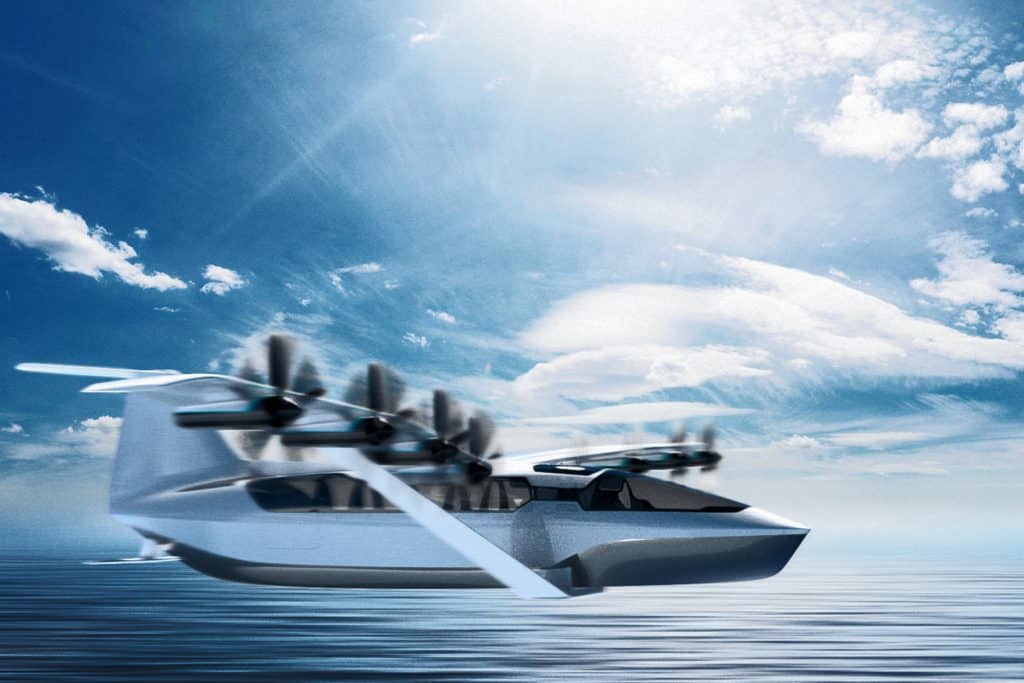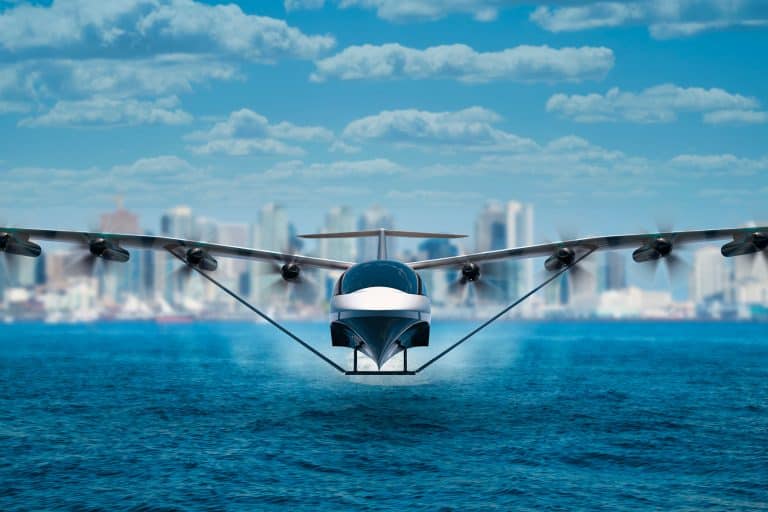Hawaiian Airlines has agreed to invest in the latest prototype of Regent‘s all-electric “Monarch” seaplane, the two companies said.
The aircraft will have a capacity of 100 passengers and is expected to enter commercial service in 2028.
The investment in Regent makes Hawaiian Airlines the first U.S.-based design partner for the company’s new all-electric sea gliders.
“Innovative interisland transportation has been core to our business since 1929 when we replaced steam ships with airplanes. We are excited to be an early investor in REGENT and to be involved in developing their largest seaglider – a vehicle with great potential for Hawaiʻi’,” Avi Mannis, the chief marketing and communications officer at Hawaiian Airlines, said in a statement.
“We look forward to working with REGENT to explore the technology and infrastructure needed to fulfill our vision for convenient, comfortable and environmentally sustainable interisland transportation,” he added.
Because it operates “with the speed of an airplane and the operating costs of a ship,” the “Monarch” model is particularly attractive for Hawaii’s geographic conditions.

With current battery technology, it will have a range of about 290 kilometers (180 miles), Regent said. it could reach eight hundred kilometers (five hundred miles) with the next generation of batteries.
According to the manufacturer, the current port infrastructure could sustain operations in the archipelago. “Our world-class team of aerospace and marine engineers is leveraging maritime vehicle development pathways to bring our zero-emission, high-speed sea gliders to market within five years,” the company said.
“Seagliders will be a game-changer for sustainable regional transportation in communities such as Hawai’i,” Billy Thalheimer, the CEO of REGENT, said in the statement.
“Through close partnerships with design partners and strategic investors such as Hawaiian Airlines, we can fully understand our operators and unlock their ability to provide zero-emission transportation solutions to their customers.”

